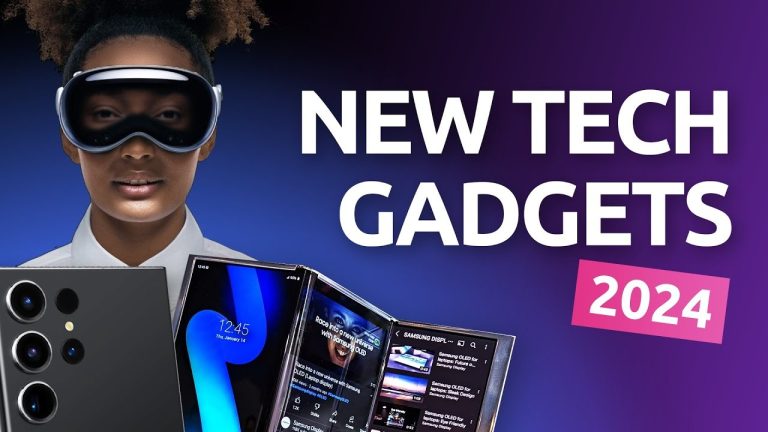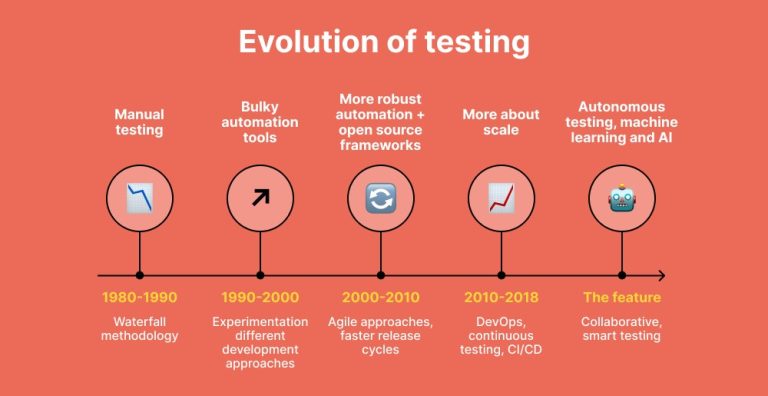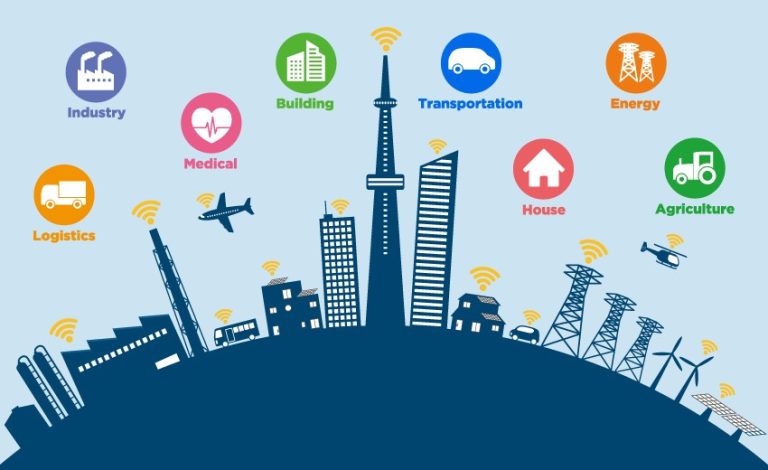The Rise of Wearable Tech: Trends to Watch
Wearable technology has rapidly evolved from niche gadgets to mainstream essentials, reshaping how we interact with the digital world, monitor our health, and enhance daily productivity. What began as simple step counters and basic fitness trackers has grown into a sophisticated ecosystem of smartwatches, augmented reality glasses, smart clothing, and beyond. As we move further into the 2020s, wearable tech continues to gain momentum with new innovations and expanding applications across various industries.
This article explores the latest trends driving the rise of wearable technology and what consumers and businesses should watch for in the near future.
A Brief Evolution of Wearables
The earliest popular wearables—fitness bands and heart rate monitors—focused primarily on health and activity tracking. As smartphone integration improved, these devices incorporated features like notifications, GPS tracking, and even music control. The launch of smartwatches like the Apple Watch and Fitbit’s advanced models marked a significant shift, transforming wearables into multi-functional mini-computers worn on the wrist.
Today, wearable technology encompasses a broad range of devices beyond wristwear, including smart glasses, hearing aids with AI, smart rings, and even smart textiles embedded with sensors. This diversification signals a maturing industry poised for expansive growth.
Trend 1: Health and Wellness Monitoring Gets Smarter
Health remains the cornerstone of wearable tech, but advancements in sensor technology and AI are enabling more comprehensive and precise monitoring than ever before. Modern wearables track metrics such as blood oxygen levels, ECG (electrocardiogram), sleep quality, stress, and even hydration levels. These capabilities empower users to gain deeper insights into their physical and mental health.
Moreover, continuous glucose monitors (CGMs) integrated with wearables are revolutionizing diabetes management by providing real-time data without the need for invasive finger pricks. In addition, early detection of irregular heart rhythms through wearable ECGs is helping prevent serious medical events.
With healthcare systems embracing remote patient monitoring, wearables play a pivotal role in telemedicine and personalized treatment plans. This integration is expected to expand, making wearable devices critical tools for proactive health management.
Trend 2: Integration of Augmented Reality (AR) and Virtual Reality (VR)
Wearables are no longer confined to health metrics and notifications; they are becoming portals to immersive digital experiences. AR and VR devices are gaining traction across gaming, education, professional training, and even retail.
AR smart glasses, such as those developed by Meta and Snap, overlay digital information onto the physical world, offering real-time navigation, language translation, and contextual data. This hands-free approach can boost productivity and convenience for users in industries like manufacturing, logistics, and healthcare.
Meanwhile, VR headsets are becoming lighter, more affordable, and better integrated with wearable accessories that track hand and body movement. This evolution makes virtual meetings, interactive learning, and entertainment more engaging and accessible.
As AR and VR hardware improves, expect wearables to blend the digital and physical worlds more seamlessly, fundamentally changing how we interact with technology.
Trend 3: Fashion Meets Function with Smart Clothing
The fusion of fashion and technology is a burgeoning trend that’s bringing wearables into everyday apparel. Smart clothing incorporates sensors and conductive fabrics to monitor biometric data such as heart rate, muscle activity, and body temperature without the need for separate devices.
Athletes are among the first adopters, using smart shirts and leggings to optimize training and prevent injuries. But the potential extends far beyond sports: smart fabrics could monitor posture for office workers, detect stress levels, or even adjust temperature for wearer comfort.
This trend is supported by advances in flexible electronics and battery technology, enabling washable and comfortable garments. As fashion brands collaborate with tech companies, smart clothing is poised to enter the mainstream market.
Trend 4: Enhanced Battery Life and Energy Efficiency
One of the longstanding challenges with wearable tech is limited battery life. However, recent breakthroughs in low-power chips, wireless charging, and energy harvesting are making devices more practical for everyday use.
For instance, some wearables now utilize solar cells or kinetic energy to supplement battery power, extending operating time without frequent recharging. Others employ ultra-low-power processors that maintain essential functions while preserving battery.
Longer battery life translates into better user experience, as wearables become truly unobtrusive and reliable companions for work and leisure.
Trend 5: Privacy and Data Security Become Priorities
With wearables collecting sensitive personal data—from health metrics to location and behavior patterns—privacy concerns are front and center. Users and regulators alike demand stronger protections to prevent unauthorized access and misuse.
Manufacturers are responding by incorporating advanced encryption, on-device data processing, and transparent data policies. Some devices allow users to control what information is shared and with whom, enhancing trust.
As regulations tighten globally, privacy and security features will become key differentiators in the competitive wearable market.
Trend 6: Expanding Ecosystems and Cross-Device Integration
Wearables no longer operate in isolation. Instead, they are part of larger interconnected ecosystems that include smartphones, smart home devices, and cloud services. This integration enhances functionality and convenience.
For example, a smartwatch might detect a fall and automatically alert emergency contacts, or a fitness tracker could sync with smart gym equipment for personalized workouts. Voice assistants embedded in wearables enable hands-free control of various devices, creating seamless user experiences.
The trend toward interoperability encourages innovation and broadens the appeal of wearable tech across diverse user groups.







